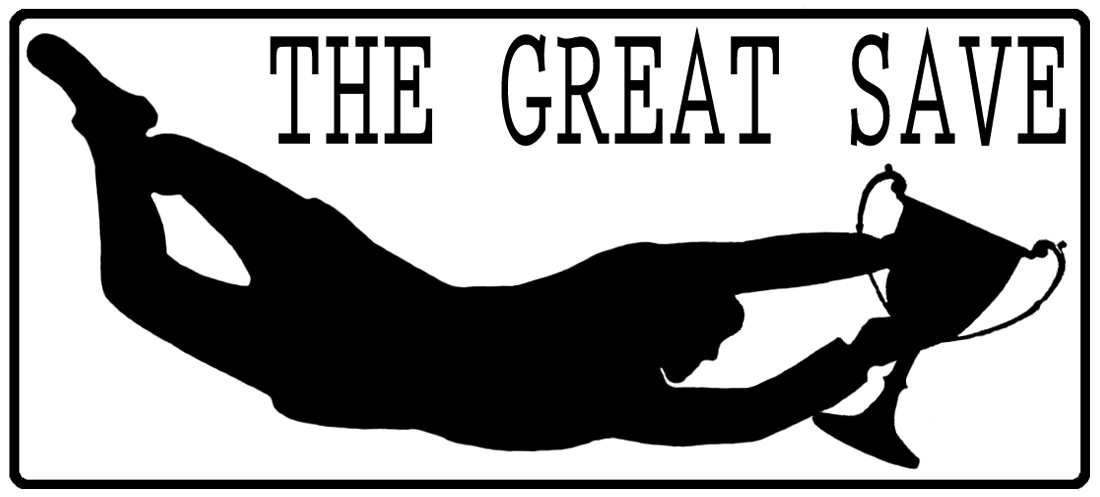
100 Years of Coconuts by Pat Morgan – Cambridge United
What’s the formal status of your heritage group and which groups are involved?
‘100 Years of Coconuts’ is the heritage arm of the Cambridge United Supporters’ Trust, Cambridge Fans United (CFU). It is formally constituted for financial purposes and operates separately from the trust, but is responsible to and reports to the trust board. The CFU trust board provides two nominees for the Coconuts management committee, which draws its other members from the CUFC supporter base.
Coconuts benefits from the encouragement and support of the football club and the supporters’ club, which is distinct from the supporters’ trust. It has been able to draw on the expertise, freely given, of local heritage industry professionals and organisations, including the Museum of Cambridge and Cambridge Museum of Technology.
How did you get started?
It started in 2012, the centenary year of Abbey/Cambridge United. A year-long, HLF-funded project saw a group of volunteers led by CFU chair Dave Matthew-Jones launching an online museum (100yearsofcoconuts.co.uk) showcasing aspects of the club’s history and objects associated with it, supporters’ stories and more. A start was made on the collection of oral history and the group staged an event commemorating the creation of the Cambridge Rules (1838-63), which informed the FA’s Laws of 1863. Cambridge is, as everyone should know, the birthplace of modern football. (There ought to be a competition between all the places that claim to be the birthplace of modern football. Ed.)
After that project ended, Coconuts set about expanding and improving, collecting stuff and applying for further Lottery support. The resulting HLF-funded project enabled the creation of a mini-museum located in the supporters’ club building (The Story of the U’s); collaboration with community, heritage and education organisations aimed at communicating the story; the inauguration of the Cambridge United Hall of Fame (cuhalloffame.org.uk) to celebrate the club’s great personalities; and the launch of ex-players’ association CUFPA.
How much stuff have you got?
An awful lot. It’s impossible to quantify – people haven’t been slow to donate (sometimes to sell) the contents of their lofts and garages. At one point the volume of stuff coming in was unmanageable: donors would insist on donating programme collections that duplicated those in the Coconuts collection. Over the years the group has amassed historic strips, medals, trophies, badges, scarves and other commercial merchandise, documents, correspondence, a pair of ladies’ knickers … the list is almost endless.
How do you store your stuff?
At first it was necessary to rent commercial storage space, which made fundraising imperative. Of late the collection has found a home in a disused tea bar at the Abbey – far from ideal in terms of conservation, storage and accessibility, but at least it’s free.
How do you make it available for public view?
There’s the mini-museum for a start. Objects from the collection have been used to create handling boxes for work with local schools, and temporary displays have been put on at the Museum of Cambridge. The website is used to showcase stuff digitally; a recent project has seen the scanning and publication of historic editions of the late, lamented, Cambridge Saturday night sports paper, the Light Blue, for example.
What’s the best / most unusual memorabilia find?
Perhaps a replica Jules Rimet Trophy from 1966 – copies were sent out to local football associations that year but no one knows how one ended up at the Abbey Stadium.
Or perhaps the National Playing Fields Association Challenge Cup trophy, which United won in 1967 – it was the first trophy claimed by manager Bill Leivers (in his first game in charge). The U’s beat Arsenal 2-0, since you ask.
What piece of advice would you offer people trying to set up a group like yours?
The best advice is to take advice – from heritage industry people, from football people, from other football collections, from sports heritage bodies, from academics, from supporters, from local people, from anyone. There’s a lot of learning to be done in sports heritage, which is a relatively new sphere of cultural activity.
Two other tips: catalogue, catalogue, catalogue; and get funding wherever you can.
